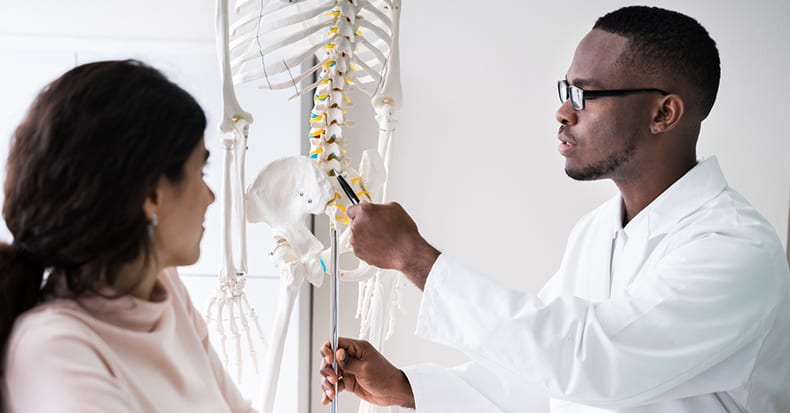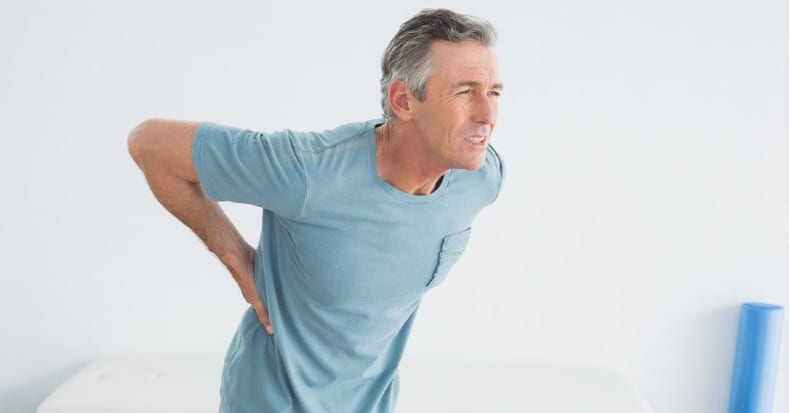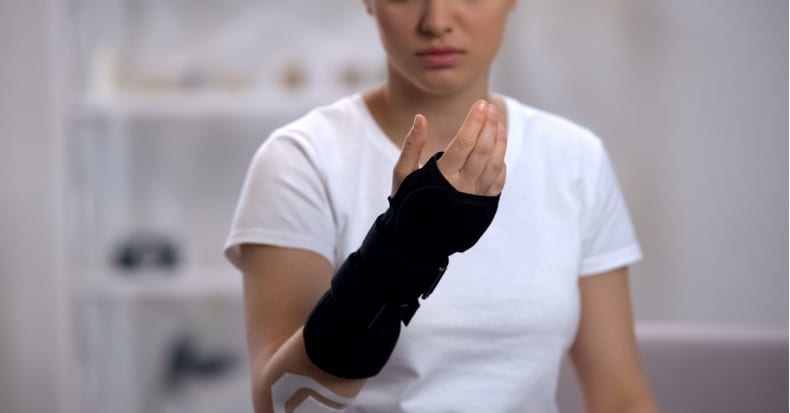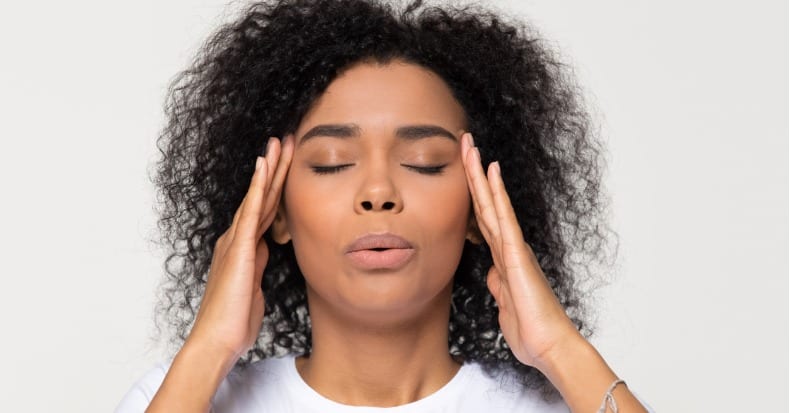Newest Articles
Whiplash associated disorders (WADs) can be a very confusing condition characterized by a myriad of symptoms stemming from a forceful, rapid back-and-forth motion of the head and neck. While this process commonly occurs during a rear-end crash, it can also arise from a slip-and-fall injury, sports injury, physical abuse, or any type of trauma involving [..]
When fatigue hits during the day, many people will reach for a sugary snack or a caffeinated beverage. While these practices may lead to a quick, short burst of energy, the crash afterwards can leave one feeling even more tired. Let’s look at healthier methods to improve energy levels.
1) EAT BREAKFAST: Studies have shown [..]
Spinal manipulation is one of the most ancient forms of treatment for musculoskeletal complaints, primarily for back pain and neck pain.
In 1992, Robert Anderson, MD, PhD, DC, was the Director of Manual Medicine at the San Francisco Spine Institute, as well as Professor of Anthropology at Mills College in Oakland, California.
At that time [..]
When it comes to managing a low back condition, the goal of chiropractic treatment is for the patient return to their normal daily activities as soon as possible. This not only means addressing low back pain but also low back disability, including impaired postural control and reduced spinal stability, which can manifest in reduce position [..]
Neck pain is one of the most common complaints that drive patients to seek chiropractic care. Sometimes the cause of injury is a known traumatic event, but in many cases, neck pain is the result of wear and tear from poor posture—forward head posture in particular.
The head, which weighs 10-11 lbs. (4.5-5 kg), typically [..]
Carpal tunnel syndrome (CTS) is a condition that occurs when the median nerve is compressed as it passes through the wrist. One treatment option available to patients is carpal tunnel release surgery, which severs the carpal tunnel ligament to reduce pressure on the affected nerve to resolve the numbness, pain, tingling, and weakness symptoms associated [..]
With many sports requiring overhead movements that can place the shoulder at the extreme end of its range of motion, it’s not surprising that shoulder injuries are so common among athletes. For instance, up to 50% of NCAA college football players have some history of shoulder injury, which comprises about 10-20% of total injuries in [..]
One of the symptoms commonly associated with whiplash associated disorder (WAD) is headaches. The current research suggests that up to 50% of patients who experience whiplash-associated headaches may continue to suffer from them for up to a year or more, and many of those will continue to have headaches as late as five years following [..]
A 2009 study that monitored over 8,800 elderly French adults found that an individual’s blood pressure can fluctuate with the seasons. In particular, the researchers observed that as temperatures fell, both systolic and diastolic blood pressure could rise to unhealthy levels, but they were unable to determine why.
However, a study published just five years [..]
The Morning Shower
The typical morning shower is neither 100% cold water nor 100% hot water, but rather a balance of the two. The perfect shower water temperature is a balance of hot and cold water.
While enjoying the perfect shower, if suddenly the hot water is turned drastically higher, the brain perceives:
Ouch! The [..]
While under chiropractic treatment, it’s not uncommon for a patient to report improvement for an issue that seems unrelated to their chief complaint. For example, a patient with a temporomandibular disorder may experience an improvement in their jaw symptoms following treatment to the neck or upper back. Or treatment to improve hip function may also [..]
Neck pain is the second most common reason patients seek chiropractic care, and it’s particularly a problem with office workers. One study estimated that neck pain affects 42-69% of those who work in office environments. Many such individuals will experience recurring episodes of neck pain, and at least one in six may develop chronic, ongoing [..]













